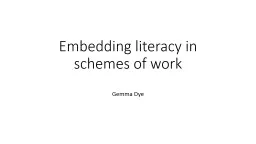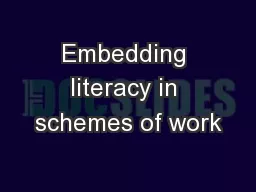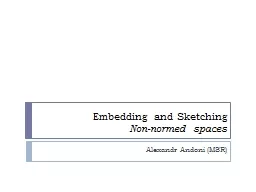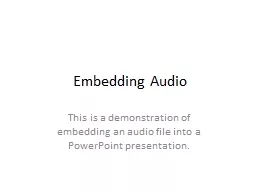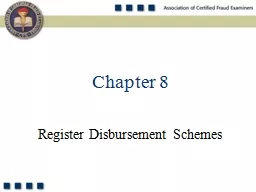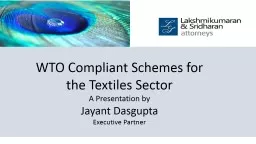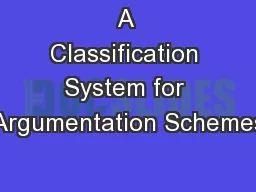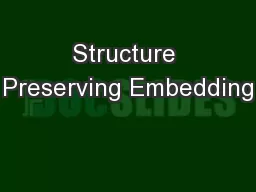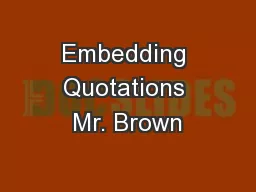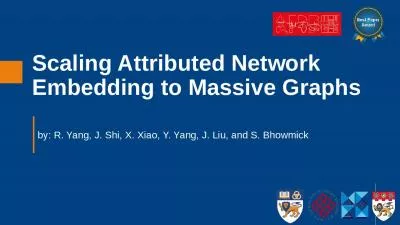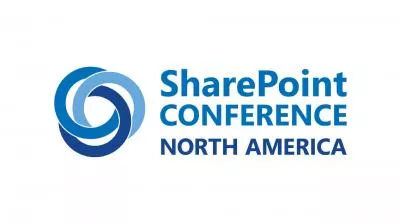PPT-Embedding literacy in schemes of work
Author : faustina-dinatale | Published Date : 2017-03-19
Gemma Dye Why should we care about literacy Reading is the critical route to other subjects as well as a provider of wider opportunities for giving more and getting
Presentation Embed Code
Download Presentation
Download Presentation The PPT/PDF document "Embedding literacy in schemes of work" is the property of its rightful owner. Permission is granted to download and print the materials on this website for personal, non-commercial use only, and to display it on your personal computer provided you do not modify the materials and that you retain all copyright notices contained in the materials. By downloading content from our website, you accept the terms of this agreement.
Embedding literacy in schemes of work: Transcript
Download Rules Of Document
"Embedding literacy in schemes of work"The content belongs to its owner. You may download and print it for personal use, without modification, and keep all copyright notices. By downloading, you agree to these terms.
Related Documents

